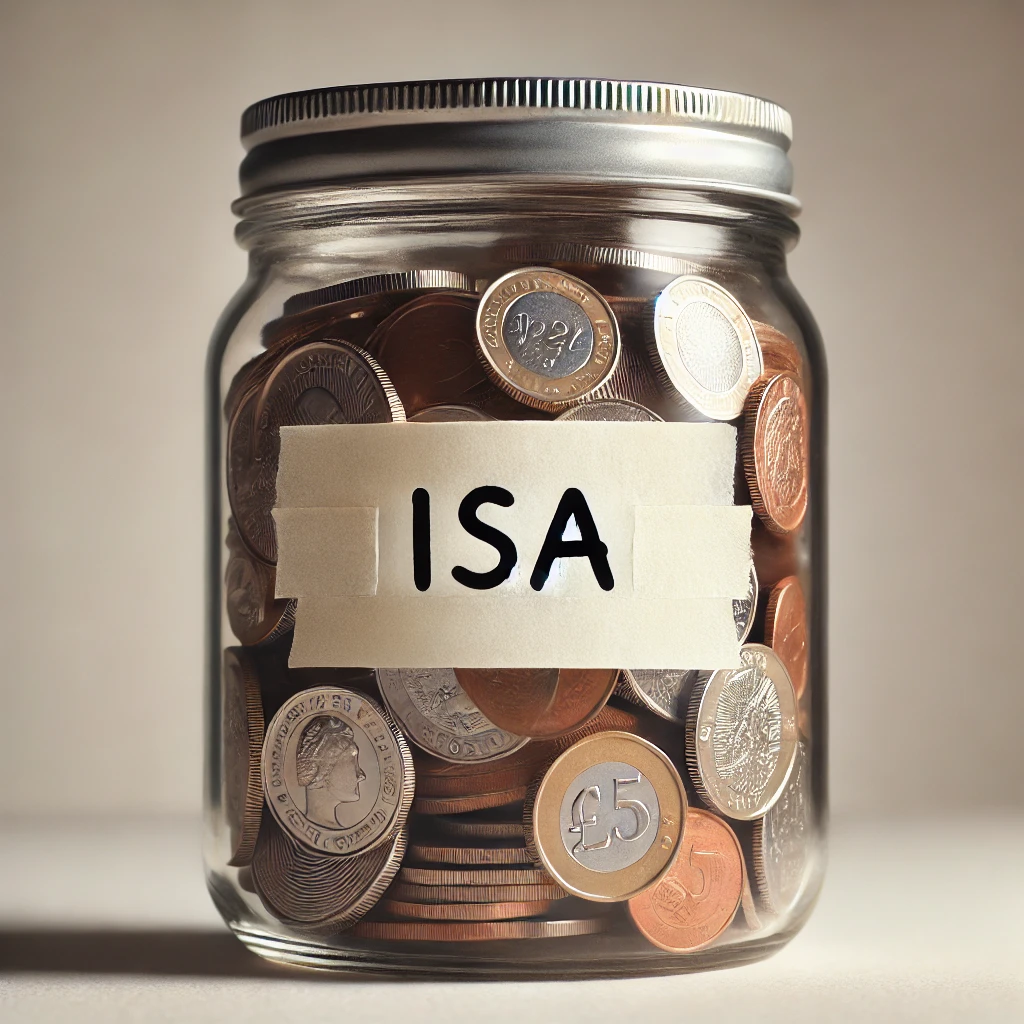The latest UK Budget may have left ISA accounts seemingly untouched, with no changes directly announced by Rachel Reeves. However, there are critical updates buried in the Budget that every investor and saver should understand. Here’s a breakdown of the key takeaways and why the ISA is becoming an even more powerful financial tool.
1. Frozen ISA Allowances Until 2030
The ISA annual allowance remains at £20,000 for adults and will stay unchanged until 2030. While that may sound positive, frozen allowances gradually lose value due to inflation. In real terms, £20,000 in 2030 will buy significantly less than it does today, making it harder to shield wealth from taxes over time.
2. Expected Tax Revenue from ISAs
Starting in 2026, the government projects it will collect tax revenue indirectly due to more people reaching the ISA limit and placing any excess savings in taxable accounts. This is expected to bring in £65 million annually by 2029 as frozen limits, inflation, and stagnant allowances push more capital outside tax-sheltered accounts.
3. Higher Capital Gains Taxes
Capital gains taxes have seen a significant increase, with rates now at 18% to 24% depending on income brackets. The allowance has also been reduced to £3,000, making it crucial to maximise tax-free growth through ISAs to avoid these higher rates. Investments within an ISA remain free from capital gains taxes, making them an increasingly valuable way to grow wealth without tax erosion.
4. Stamp Duty Changes on Second Homes
For those considering property investments, the stamp duty surcharge for second homes has increased to 5%. This adds thousands to the initial cost, making it less appealing for small investors. For many, stocks and shares ISAs might now present a simpler, more tax-efficient way to grow investments.
5. The Rise in ISA Popularity
Despite these advantages, less than 8% of UK adults currently hold stocks and shares ISAs, suggesting a widespread lack of awareness or understanding about their benefits. While saving in cash ISAs is better than nothing, stocks and shares ISAs offer greater potential for long-term growth and should be considered by those looking to build wealth.
6. Inheritance Tax Loophole Changes
The Budget also closed a loophole related to AIM shares that previously allowed investors to bypass inheritance tax. With this change, using ISAs for tax-free growth during one’s lifetime has become even more valuable.
Final Thoughts
The ISA remains one of the most valuable tools for UK residents, especially as capital gains taxes rise and real purchasing power diminishes with inflation. Maximising contributions within ISAs is essential, as this tax-free account might be one of the few remaining ways to preserve and grow wealth effectively in the UK. By focusing on tax efficiency, individuals can leverage ISAs not just for growth but as a protective tool against the Budget’s less favourable changes.
Please note:
This blog is for general information only and does not constitute advice. The information is aimed at retail clients only.
The value of investments can go down as well as up.

